November 26, 2024 | 21:29 GMT +7
November 26, 2024 | 21:29 GMT +7
Hotline: 0913.378.918
November 26, 2024 | 21:29 GMT +7
Hotline: 0913.378.918
A preliminary conference was organized by MARD in conjunction with the Provincial People's Committee of Quang Ngai to discuss summer-autumn production crops and seasonal crops in 2023; the implementation of a winter-spring production crop plan in the Southeast, Central Highlands, and South Central Coast for the period of 2023-2024.
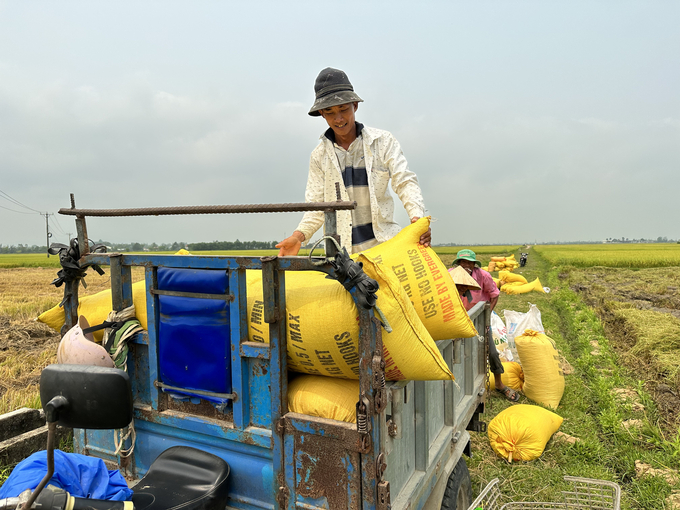
The output of summer-autumn rice and the 2023 crop in the Southeast region, the South Central Coast and the Central Highlands is higher than the same period in 2022. Photo: L.K.
The Department of Crops Production (MARD) reports that the total sowing area for the region during the summer-autumn of 2023 was 266,000 hectares, the estimated rice yield was 60.42 quintals per hectare, and the total output of rice grains surpassed 1.6 million tons, an increase of 34,000 tons compared to the 2022 harvest.
Concerning produce trees and industrial plants, regions have maintained their land area, with annual output growth of approximately 2%, led by significant industrial facilities including coffee, pepper, and rubber plants, among others. Additionally, the Central Highlands region has developed into a specialized agricultural cluster. This is a substantial progression toward systematically producing qualified and uniform products on a large scale in order to meet the needs of demanding markets.
Mr. Le Thanh Tung, Deputy Director of the Department of Crops Production, reported that MARD affiliates recognized the situation and directed production in a timely and effective manner during the previous summer-autumn and seasonal crops. This enabled them to actively address atypical weather developments, pests, and ensure the production plan.
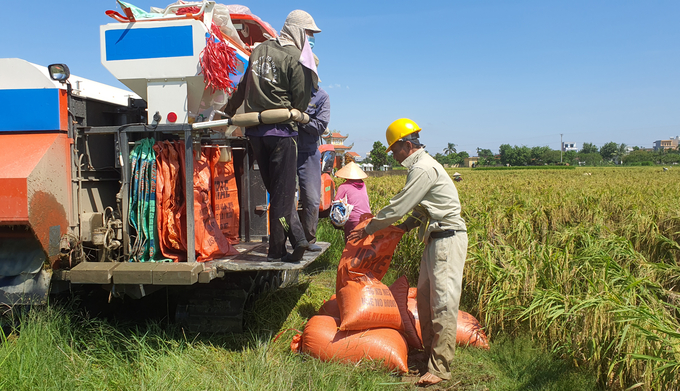
Not only is there a good harvest, this year's summer-autumn rice and summer rice in the southern provinces are also very well priced, helping farmers have motivation to produce the winter-spring crop of 2023 - 2024. Photo: TL.
Moreover, the recommended seasonal calendar has been effectively implemented by the provinces and cities in the region, which have adopted a targeted and efficient strategy for cultivating crops. Numerous successful crop conversion models have been implemented on paddy fields to increase efficiency and productivity; these include maize, peanuts, sesame, and an assortment of vegetables. Nevertheless, the implementation of these crop conversion models on paddy fields encounters numerous obstacles as a result of inadequate centralized planning, insufficient investment in irrigation systems, and insufficient support policies to facilitate this transition.
Comparatively low in implementation rate to cultivation area, the expansion of expansive fields via production and marketing linkages is sluggish. Cooperatives and associations, which represent farmers, have limited financial resources and capacity, and do not make proactive efforts to secure product marketing partnerships. Mr. Le Thanh Tung stated, "This makes it difficult to sign production chain linkage contracts when expanding cultivation areas and sales, and they are not yet solid bridges to connect with businesses."
Climate change has altered the agricultural ecosystem, according to Mr. Huynh Tan Dat, director of the Plant Protection Department (Ministry of Agriculture and Rural Development), with respect to the factors influencing production during the summer-autumn and winter-spring crop seasons. Concurrently, producers attempt to replicate market trends, which results in the impromptu modification of crop structures. This has resulted in the emergence of hazardous organisms, an increase in pest-related issues, and more difficult monitoring and guidance for pest control.
Farmers continue to be acclimated to unrestricted production and excessive application of chemical fertilizers and pesticides. Nevertheless, in order to satisfy the rigorous standards set by importing nations, every aspect of production—from the cultivation area to the care procedures and harvesting—must be meticulously planned.
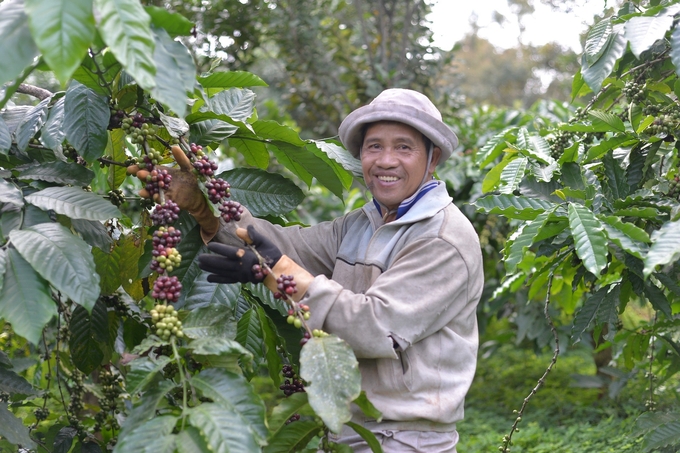
This year, industrial crops throughout the Southeast, South Central Coast and Central Highlands maintained stability in area and output. Photo: Le Khanh.
The winter-spring crop plan for 2023-2024 projects that the entire Southeastern region, Central Highlands, and South Central Coastal areas will cultivate an estimated 406,000 hectares of rice. The average yield is anticipated to be around 66 quintals per hectare, with a total output of approximately 2.7 million tons of paddy. This represents a 0.27 thousand-ton increase in comparison to the winter-spring crop plan for 2022-2023.
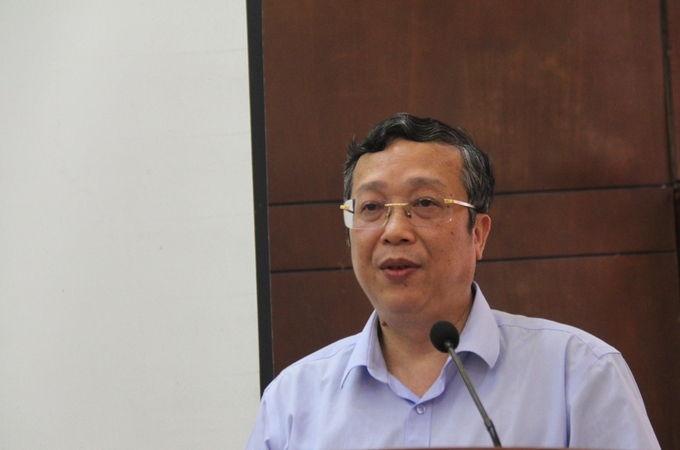
Deputy Minister of Agriculture and Rural Development Hoang Trung directed localities to develop production plans appropriate to the actual situation to achieve the highest efficiency in the winter-spring crop of 2023 - 2024. Photo: L.K.
In relation to production water supply, the Department of Irrigation (MARD) reports that the average water storage capacity of reservoirs in the region is presently greater than 93% of their designated capacity. This figure represents a decrease of approximately 2.6% compared to the multi-year average for the corresponding time frame. Overall, the water resources present in these reservoirs are adequate to support the forthcoming winter-spring harvest.
Nevertheless, it is anticipated that the impact of El Nino will endure until the initial months of 2024. Prolonged heat and arid conditions have the potential to induce a rapid reduction in water levels within the reservoirs, thereby heightening the vulnerability of the 2024 summer-autumn crop to drought, water scarcity, and seawater intrusion. As a result, municipalities must utilize and distribute water judiciously.
According to Mr. Vo Anh Kiet, Deputy Director of the South Central Hydro-Meteorological Center, the Central and Central Highlands regions may experience 1-2 cyclones and tropical depressions from now until the end of 2023, in addition to the El Nino phenomenon. In these regions, it is anticipated that the cumulative precipitation will be 5–15% lower than the multi-year mean during the final months of the year, and will decrease an additional 10–30% in the early months of 2024.
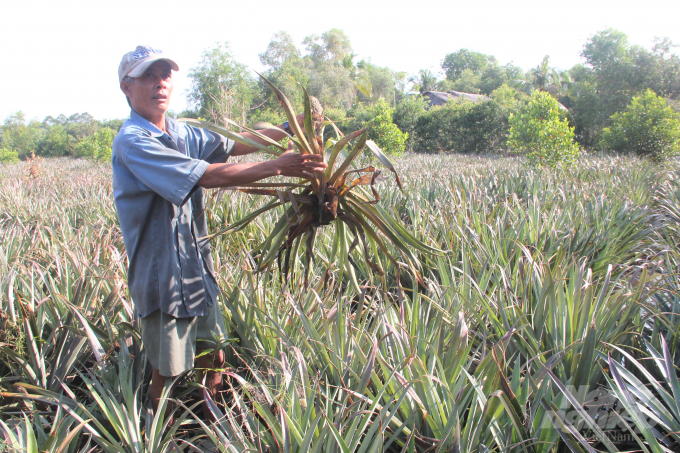
Southern localities need to be alert to the risk of storms and floods in the last months of the year and the impact of drought and saltwater intrusion in the 2024 dry season. Photo: TL.
Deputy Minister of Agriculture and Rural Development Hoang Trung emphasized at the conference that localities in the region should continue to strictly adhere to the outlined plans in 2024, particularly for the winter-spring crop of 2023-2024, in order to ensure an adequate supply to satisfy both domestic and export demands. They ought to endeavor to compete with or surpass the performance of the prior year. Local authorities and specialized agencies of the MARD will collaborate to assess and direct the overall success of the winter-spring rice harvest of 2023-2024, as well as the production of a variety of industrial and fruit commodities.
Additionally, the Deputy Minister recognized that the El Nino phenomenon is ongoing, which means that in the future period, drought and saline intrusion will undoubtedly have an impact on local production. As a result, the Departments of Crop Production and Irrigation have been instructed by the Ministry to formulate appropriate resolutions in accordance with the prognostications and forecasts of hydrological and meteorological organizations. This will enable them to effectively oversee water quality and sources, as well as regulate irrigation processes in a proactive manner, in alignment with the specific scale and production objectives of each province.
Translated by Linh Linh

(VAN) The companies will be allowed to export only a fixed percentage of their surplus production capacities so that needs of the local market won’t be compromised, the report said.

(VAN) China has urged schools to involve parents in overseeing the food served on campuses, reaffirming the country's commitment to safeguarding the health of its younger generation.
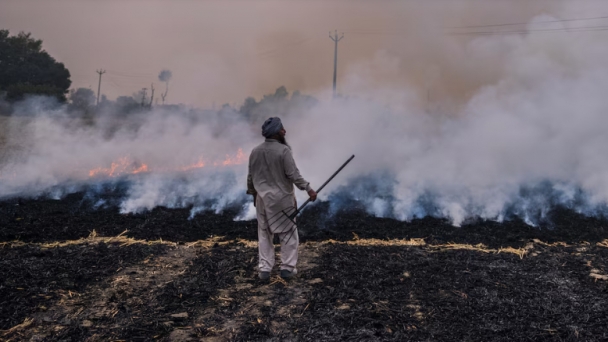
(VAN) No one anticipated that an initiative to save groundwater by delaying the annual rice season would aggravate northern India’s already miserable air pollution.
/2024/11/22/5802-1-155042_932.jpg)
(VAN) In order for bioindustry to become an economic-technical sector in the agricultural field, Vietnam needs to have policies to attract the participation of businesses.

(VAN) In response to concerns over price increases due to the 5% VAT rate on fertilizers, National Assembly delegates and experts have provided detailed analyses.

(VAN) Elephant conservation has many meanings, including maintaining the biodiversity of forest ecosystems and stabilizing people's lives in neighboring areas.
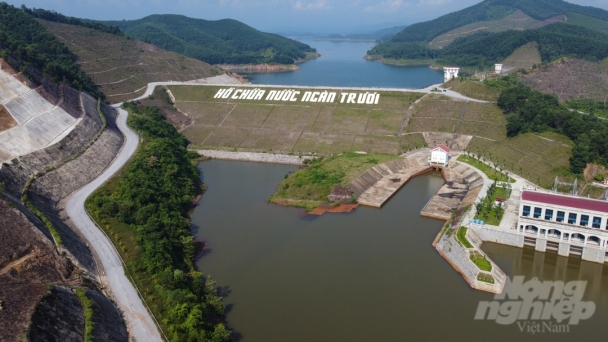
(VAN) Mr. Luong Van Anh asserts that irrigation reservoirs are essential for providing water for crop production and multi-purpose use. However, their operations continue to encounter several challenges.